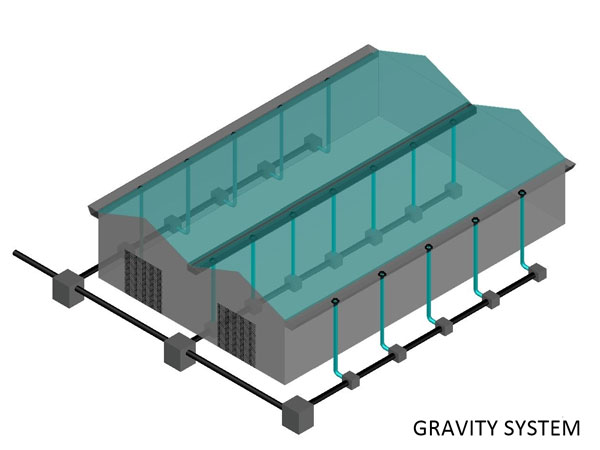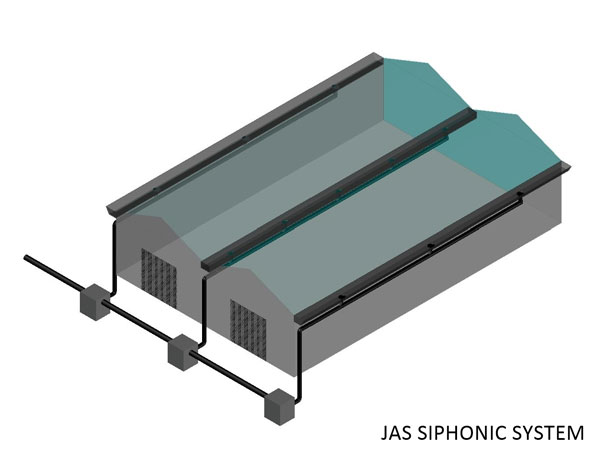Gravity System VS JAS Siphonic
Gravity System
JAS Siphonic
System
In gravity system, when water flowing in the downpipe it spirals the inner wall of the pipe (Vortex), and there is an air-filled core down the center of the water flow, resulting in an inefficient drainage
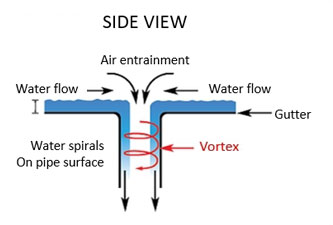
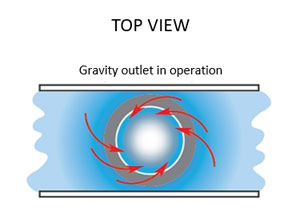
JAS Siphonic can restrict the entry of air into the system to create a full bore flow. Water flows with negative pressure, extremely efficient drainage.
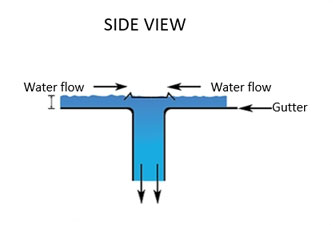
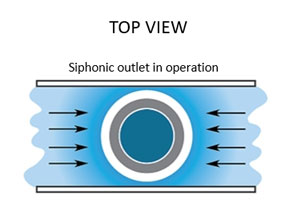
Flow Condition
Approximately 1/3 of the cross section of the pipe is water and the remaining 2/3 is air
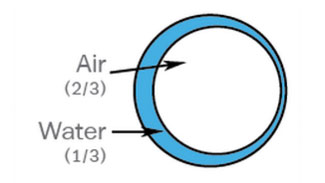
100% water (full-bore flow)
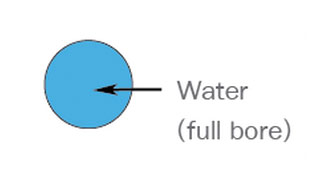
Drainage capacity
(Diameter 75 mm, 5 meter head)
Gravity flow
Flow Capacity = 1.65 liter/second
(Gravity With Leafguard Outlet)
10 times faster than gravity flow
Flow Capacity = 16.5 liter/second
(Single/Stack System)
Pipe sizes
Large
Small
Flexible in Design
Inflexible
Flexible
Underground pipe
Many
Less
A Number of Manhole
Many
Less
Gutter size
Large
Small
The ability to run the pipe to storm tank
Limit
Flexible
Price
High (in case of large building)
Cost Saving up to 60%



